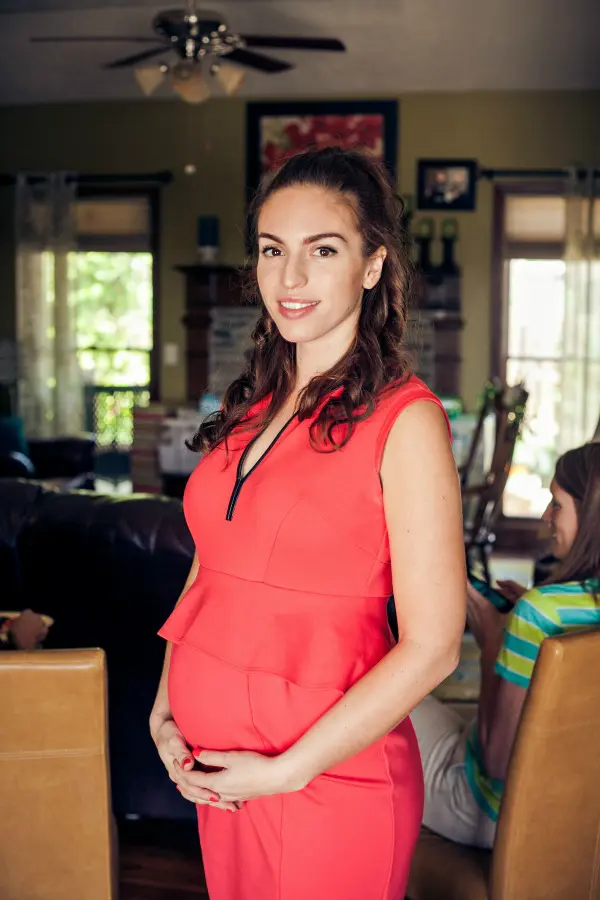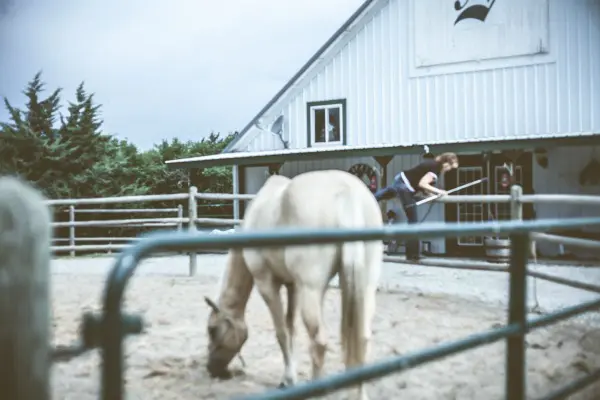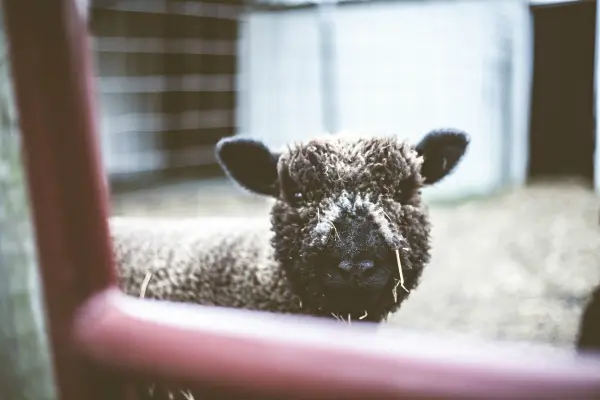From the beginning of time humans have been using images to express their stories. Yesterday’s dusty buffalo on the walls of caves, are today’s better food photos on Instagram. Vincent van Gogh with his slew of emotional self paintings- an enthusiast of the selfie long before his time. Though our obsession with sharing personal photography is a recent phenomenon, documenting daily life with pictures is not. These days, an online presence has become an extension of our life. It’s the new time capsule and storage bin of memories. So here is how to take better photos- from lighting tips to focusing on the vision or the story the picture will tell. These are simple techniques that can be applied with any camera, including your smartphone.
How To Take Better Photos
With a camera built in to pretty much everything now days, capturing everything just seems more necessary. Although there are plenty of ways to enhance OK pics, great photographers will say that content is always the most important thing. Good pictures are engaging, they communicate a feeling, they tell a story. If we are going to spend so much time documenting our lives through a lens, there are a few key things we should consider. The goal is to take better photos that tell better stories.
Photo: C. Gaston
Vision
Taking the time to stage moments of your family vacation with props and backdrops is not necessarily realistic. With children, planning of any kind is somewhat dicey. Think of the most important things you’ll want to remember (special places, specific moments, children’s firsts, reactions). Knowing before hand what you really want documented will help you be on the lookout for moments to snap. You don’t want to be so distracted by capturing every part of every moment that you can’t actually enjoy being a part of it. Do bring a camera with you everywhere though, just in case.
There’s nothing wrong with using the good ol’ 5 W’s (who, what, when, where, and why) as a checklist when capturing events. Pay attention to details. Try to see beyond faces. The subjects might look great, but a bunch of photographs of only extreme close ups won’t accurately preserve memories of the time very well. Try to capture the “moment” or feeling of a scene rather than just subjects amongst a background.

Photo: C. Gaston
Light
Not every shot needs to be taken with a flash. It’s easy to become dependent on that mode, especially for those of you who haven’t figure out how to turn it off (Mom). But the exposure from a flash can be very distracting for some images. It can take away from the natural setting that’s in front of you.
Lighting is the biggest conveyor of mood in an image. It’s better to under-expose a digital image than overexpose. Simple editing can bring up the brightness if needed but you can’t restore what’s been whited out as easily.
Make sure to adjust your camera’s white balance, most phones even have this option. Your eye does this naturally, but the white balance on the camera will affect the color and tone of your photo. It depends on the available light and what the camera’s level is set too.
Natural light can be tricky to work with, but with these tips you’ll learn how to use it to your advantage and create stunning photos. Whether you’re shooting indoors or outdoors, this technique will help you make the most of the available light. Natural light is perfect for portraits. Try putting subjects next to a window with light streaming through or a door way. It is the most natural and flattering as long as the sun is not too harsh. The key to the most beautiful natural lighting is to take photos during “the golden hour”. This is the period of time time shortly after sunrise or shortly before sunset when the light has a rich, golden hue.
Engaging the subject
Whether you’re shooting an object, a person, or an animal make sure to engage with the subject appropriately. With objects make sure the camera is well focused and it is lighted well, why is the picture important? If its beautifully made make sure you highlight that. If it’s grungy etc., set the correct tone. The subject of the photo should be clear whether it’s an actual person or thing, or even an emotion that’s dominant.
When shooting pets or children, get down to their eye level. Engage in the world as they see it. Age is actually an advantage with kids. If you’re shooting a school age child, ask them questions, capture their response. Get down and play with toddlers. Babies like fun noises, or even whispers get their attention. Animals of course are even more unpredictable. Spend time studying them and wait for moments you can connect, again at eye level if possible.
Photo: C. Gaston
Composition
The rule of thirds is a pretty standard composition set up for photographs. It’s a grid set up that ensures your photo composition is well balanced and pleasing to the eye. Playing around with balance is a good way to emulate action into a shot. I tend to think of a great shot like I would a painting. I imagine what it would look like in a frame. Don’t underestimate the background of a photo even if it’s not really in focus.
In graphic design a healthy amount of “white space” is encouraged. That means it’s OK for not every inch of the page to have something on it. Having clean areas around the image gives it more focus and is pleasing to look at. This doesn’t mean a white background is best in photos, but whatever is behind your subject should not distract from it.
Photo Editing
The whole point of taking pictures is to capture the best moments for our memories right? Now I don’t want to hurt anyone’s feelings here but generally no one cares to see a minute play by play of a two hour long wait at Disney Land, or 30 pictures of every angle of your face. If they do I would be sincerely concerned for your safety. In terms of presenting photos to others, editing is key. Photo selection is perhaps the most important post-production step. A select few strong shots tell a much more powerful story than 100 semi-decent ones. Less is more. Take off one accessory before you leave the house. A little bit of intrigue goes a long way… etc. Channel all those things into your digital presence. People, today especially, are stimulated by new information. They tend to disengage if there’s too much repetition.
There are so many options for post-production editing. The best thing to do is play around with these programs, especially before investing in pricey editing programs. Besides standard fixes like red-eye, cropping, exposure, etc., the more artistic options all come down to preference. Try out different styles until you find some that best fit your aesthetic. Take your images from average to amazing with color correction, exposure adjustment, and other editing techniques that will help you create stunning photos. Here is a list of online photo editors:
Also, don’t forget to transfer your photos off of your camera for safe keeping!
While I clearly stated that social media has become an extension of life, it is still not real life. Chances are you don’t call up X-hundred people and discuss every intimate detail of your life. Consider this when you think about sharing your personal images. It should be a no-brainer, especially now that a good chunk of early social media users have made it through college into adult life. Inevitably they have probably all done a master cleanse and a thorough untagging of most of their young adult memories. Also be very conscious of sharing other people’s image and how they are being portrayed.
Conclusion
Want to take professional-quality photos? Practice makes perfect so get out there and experiment with implementing one tip for a daily photo shoot and see how much you improve. By incorporating the rule of thirds, depth of field, lighting, and editing, you can take photos that look like they were shot by a professional photographer. Don’t be afraid to experiment and practice. Remember, the more you shoot, the better you’ll get. Now, grab your camera and start capturing stunning shots!
Do you think about telling stories with your photographs? Share some of your photo tips with us!
Related Posts:
Polaroid Snap Touch Camera Review







Richard Allen says
Another great article from Mom Lindsey! Great photography tips.
Ashley Henney says
I am loving this article and photos! I need to take notes for my picture taking skills 🙂
Lindsey R. Allen says
Thank you both you lovely people!!! 🙂